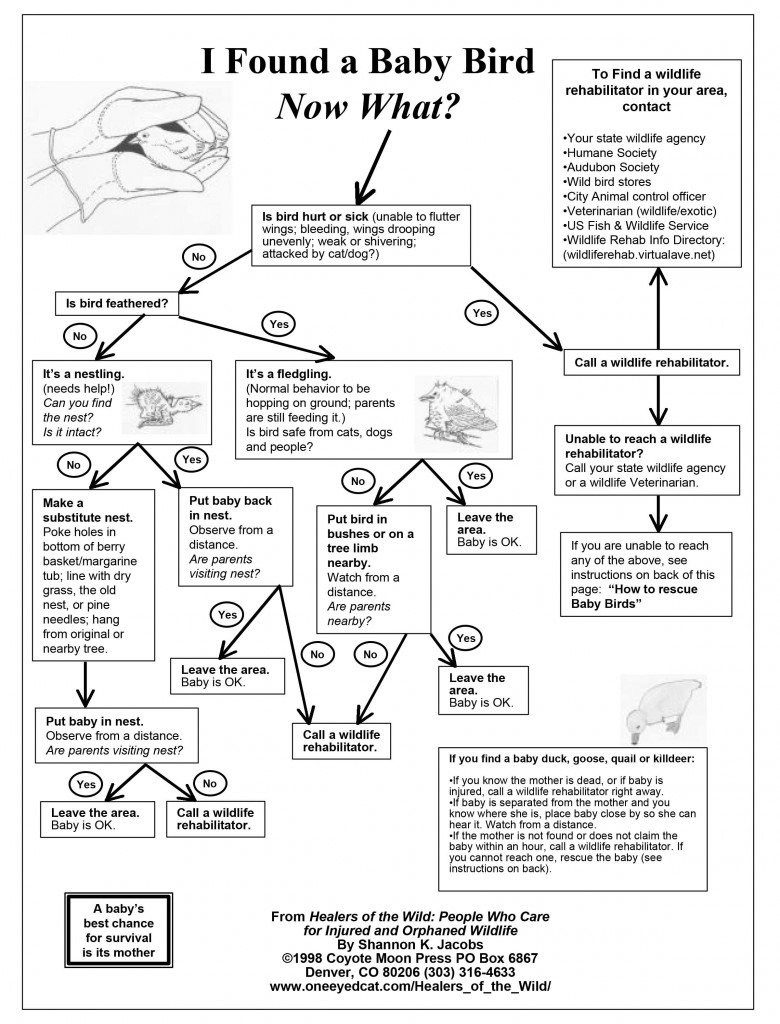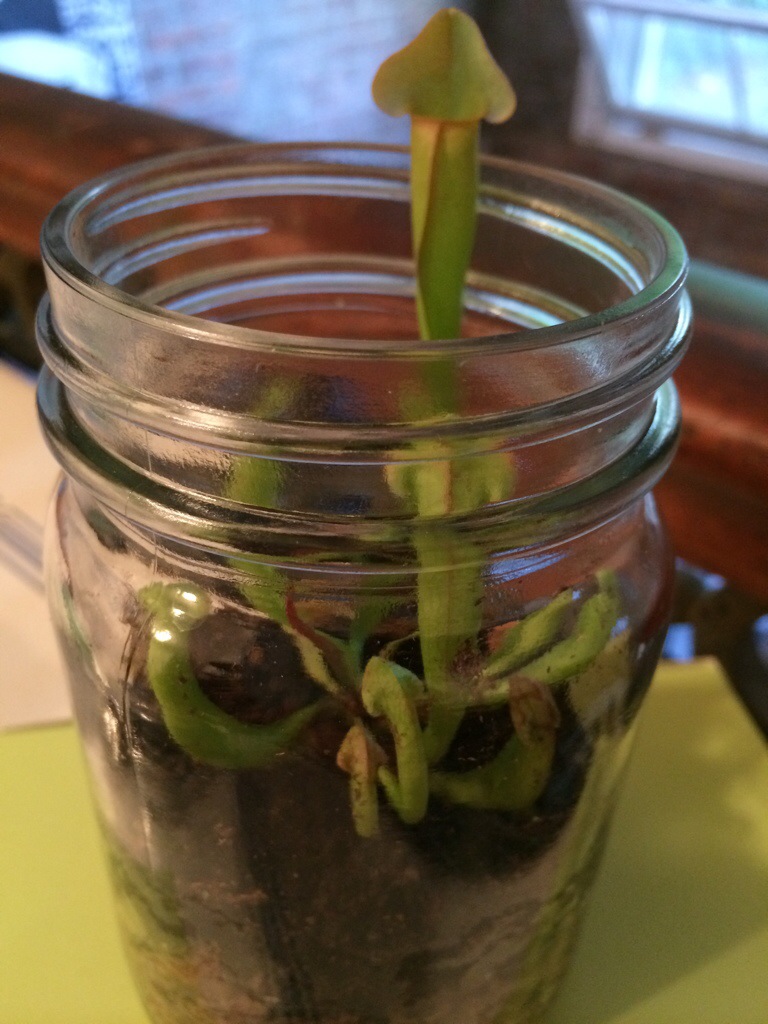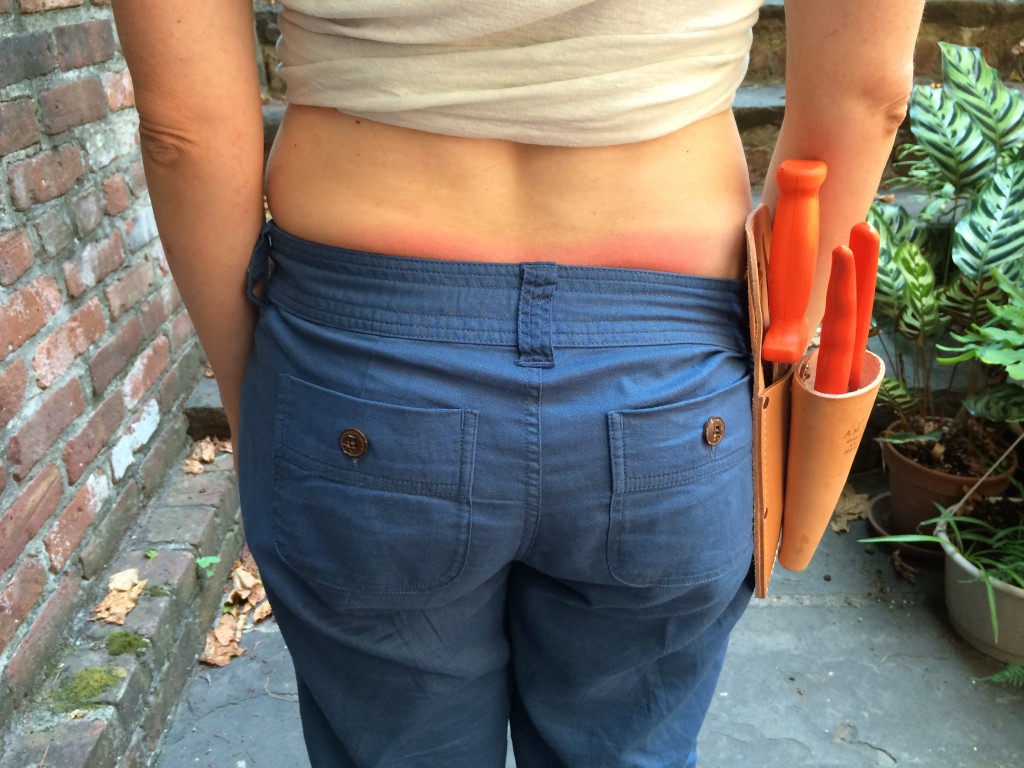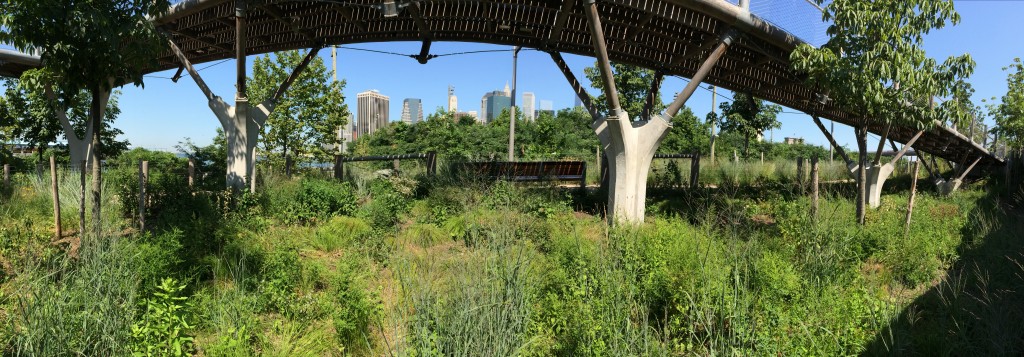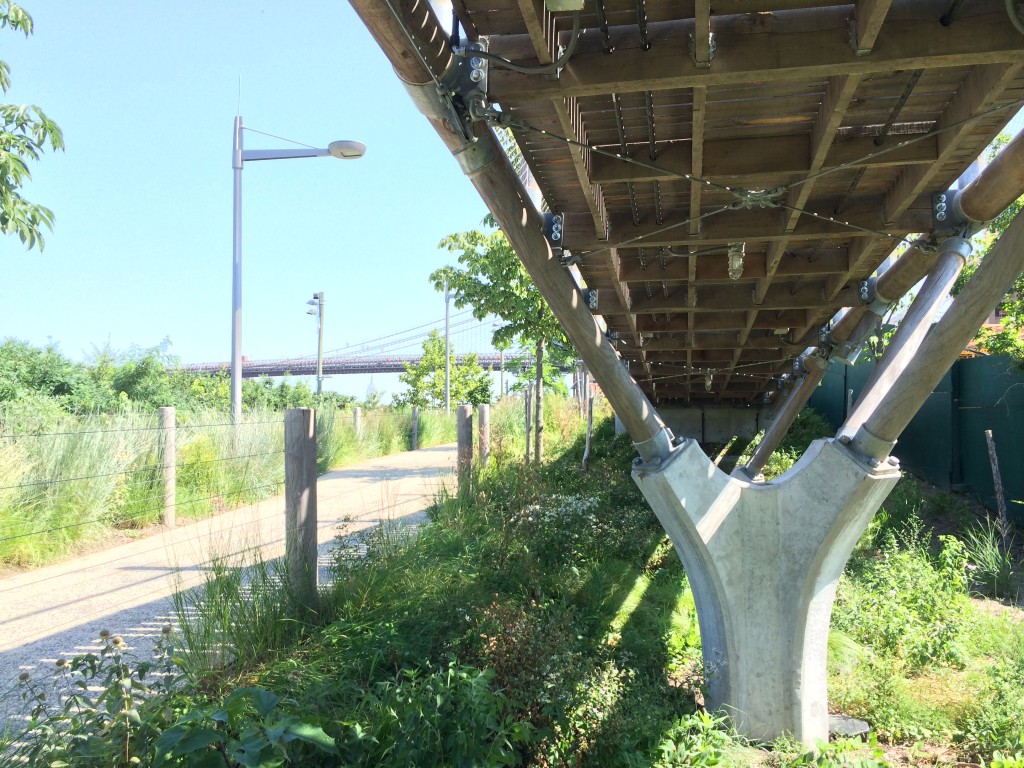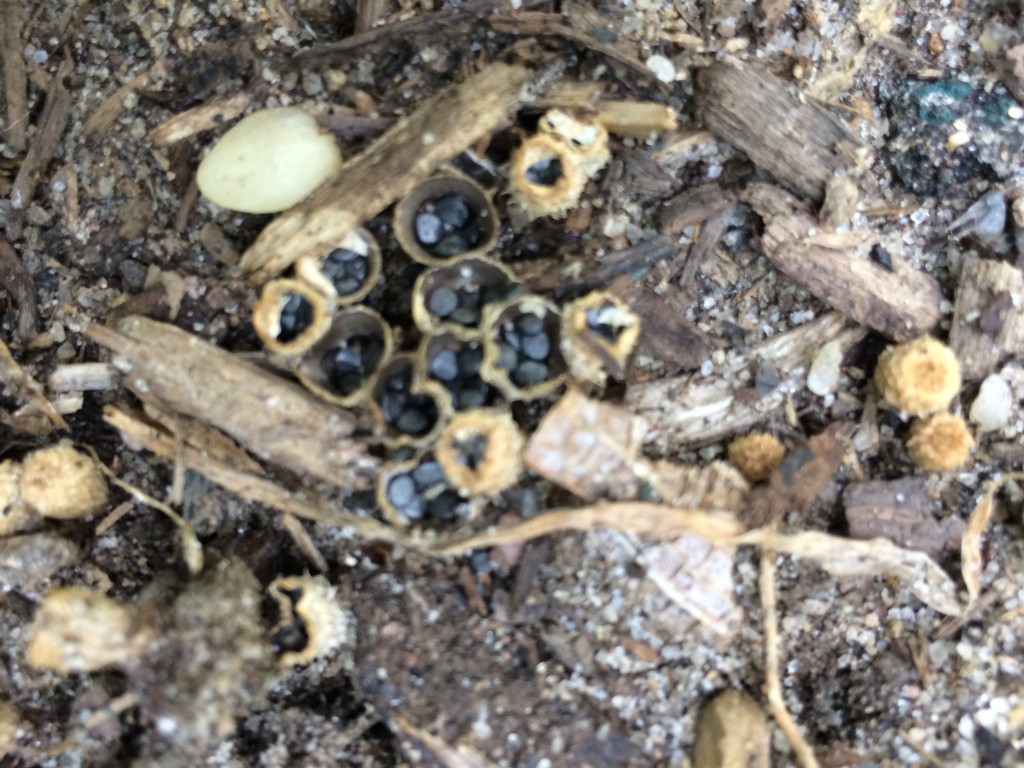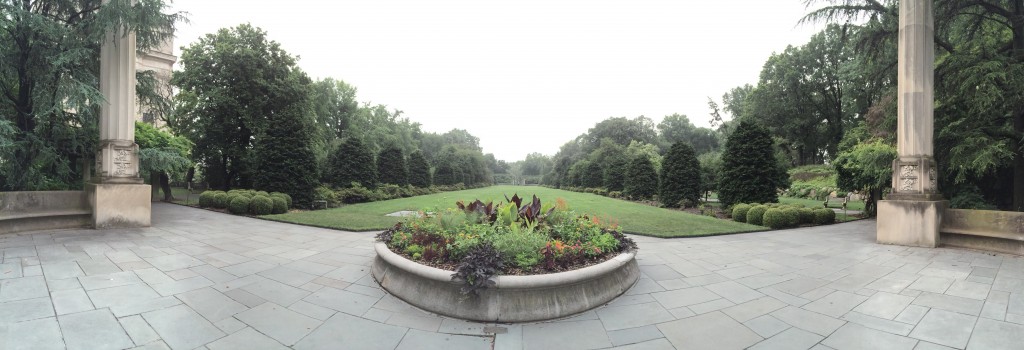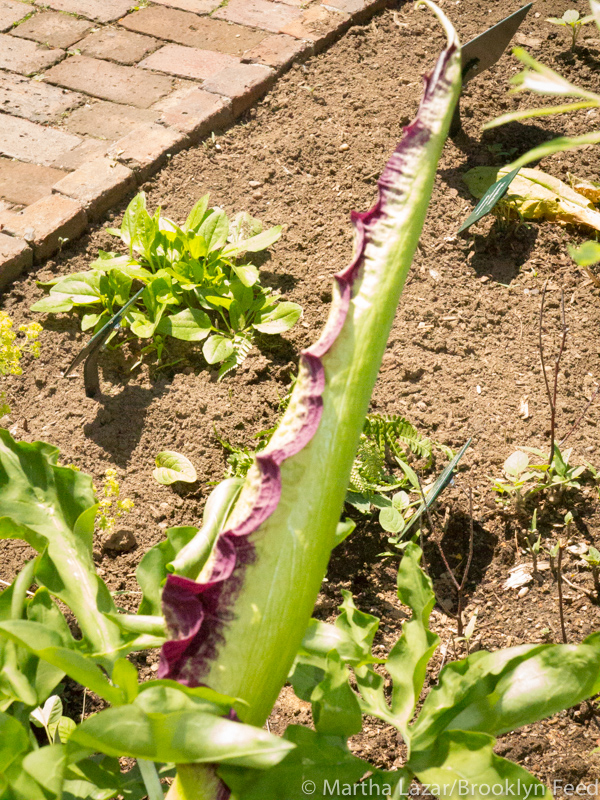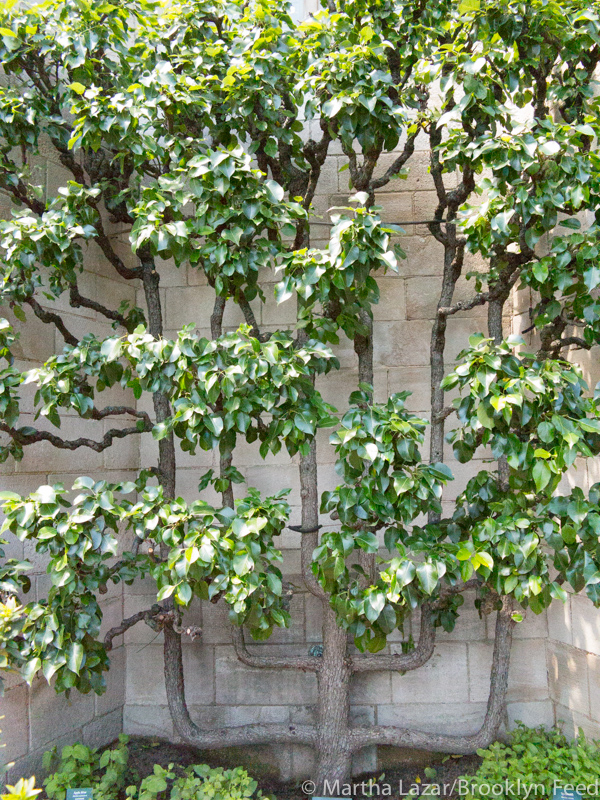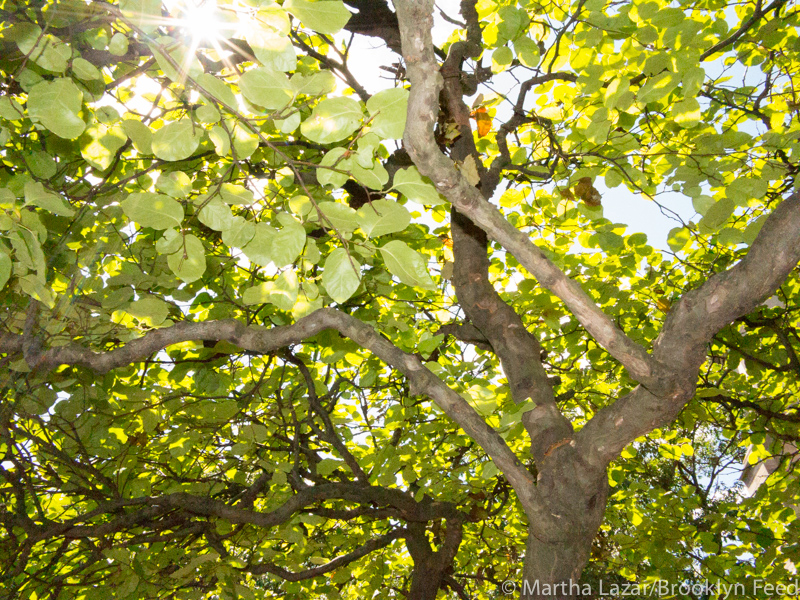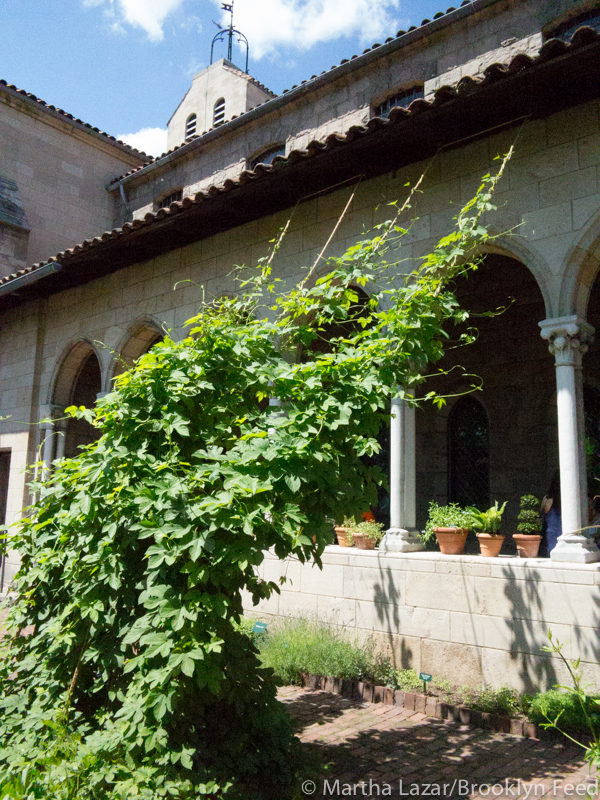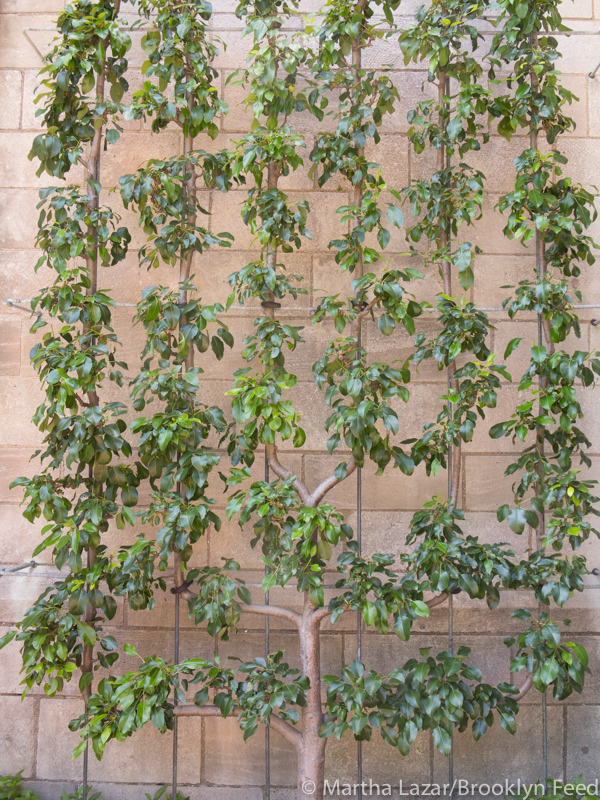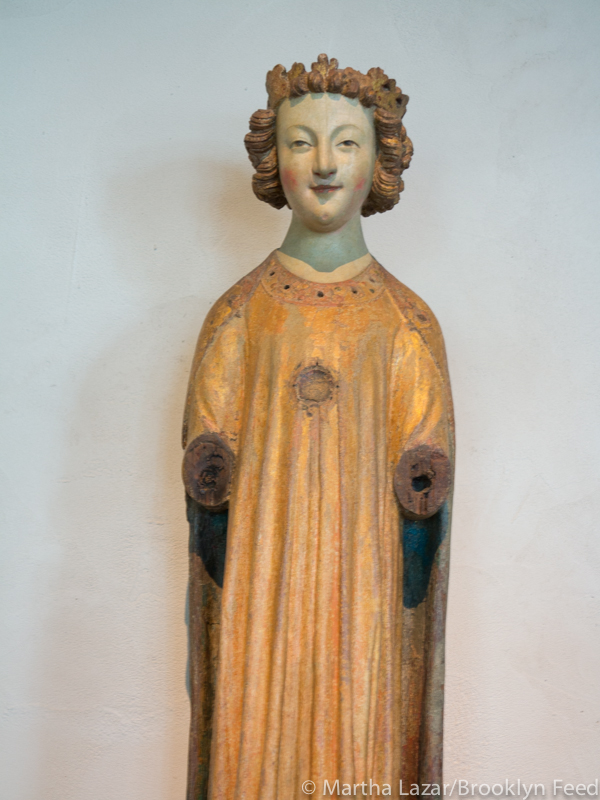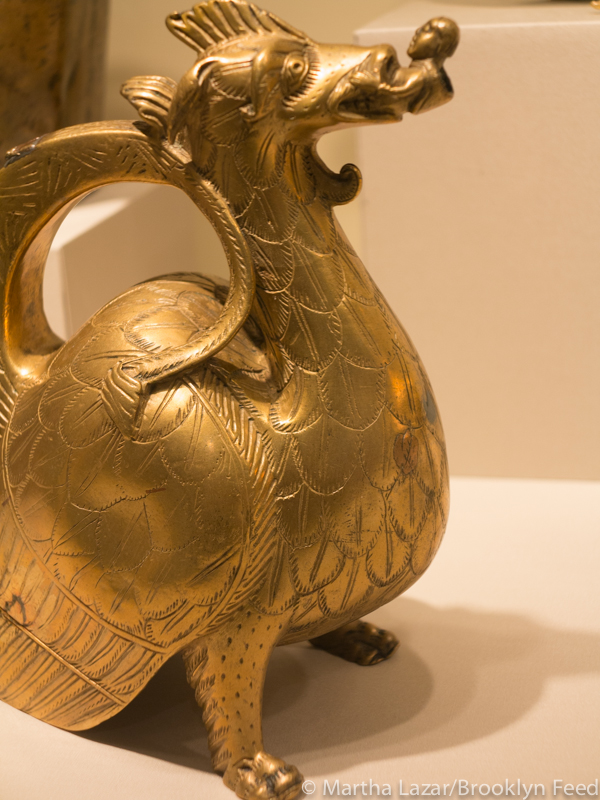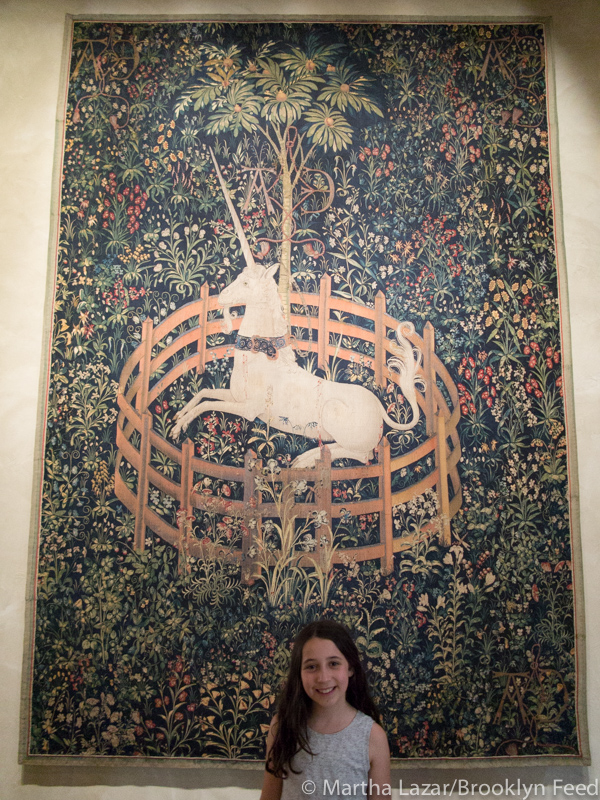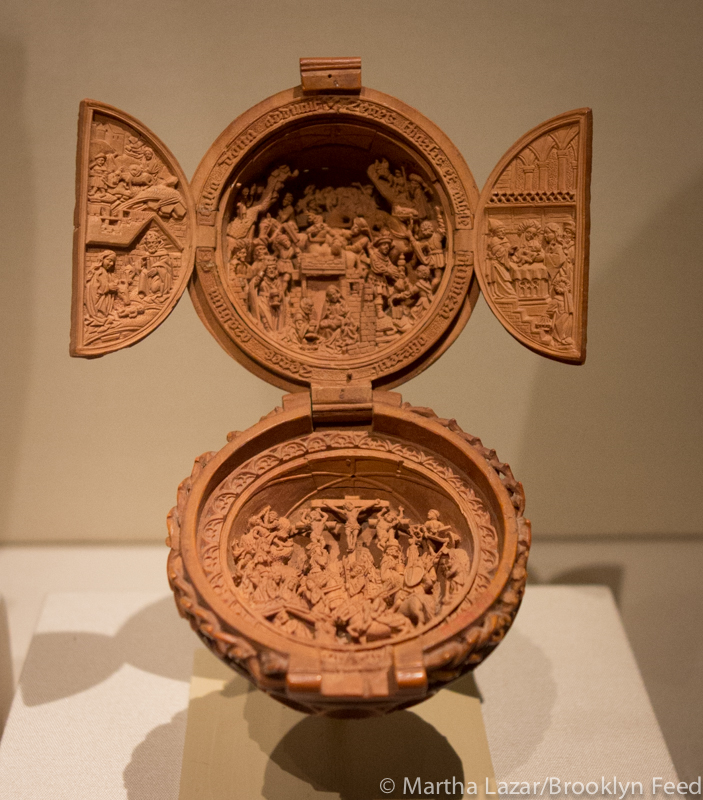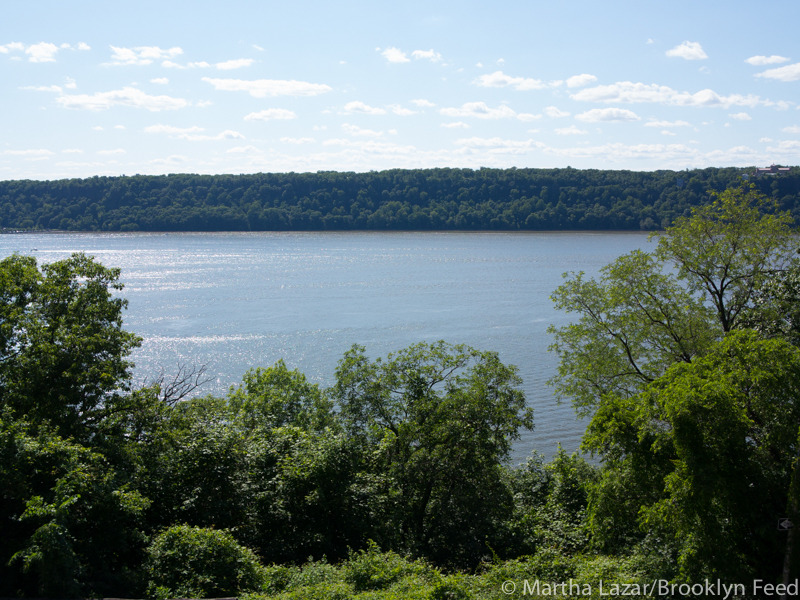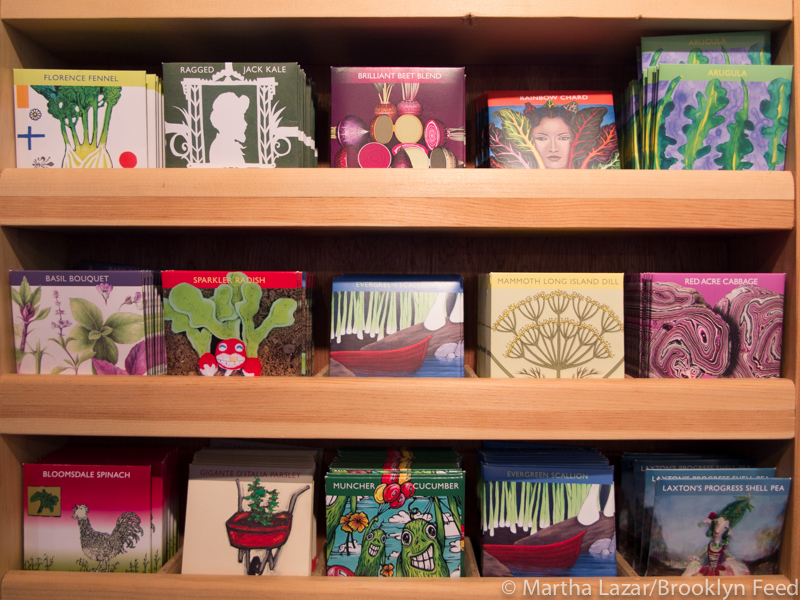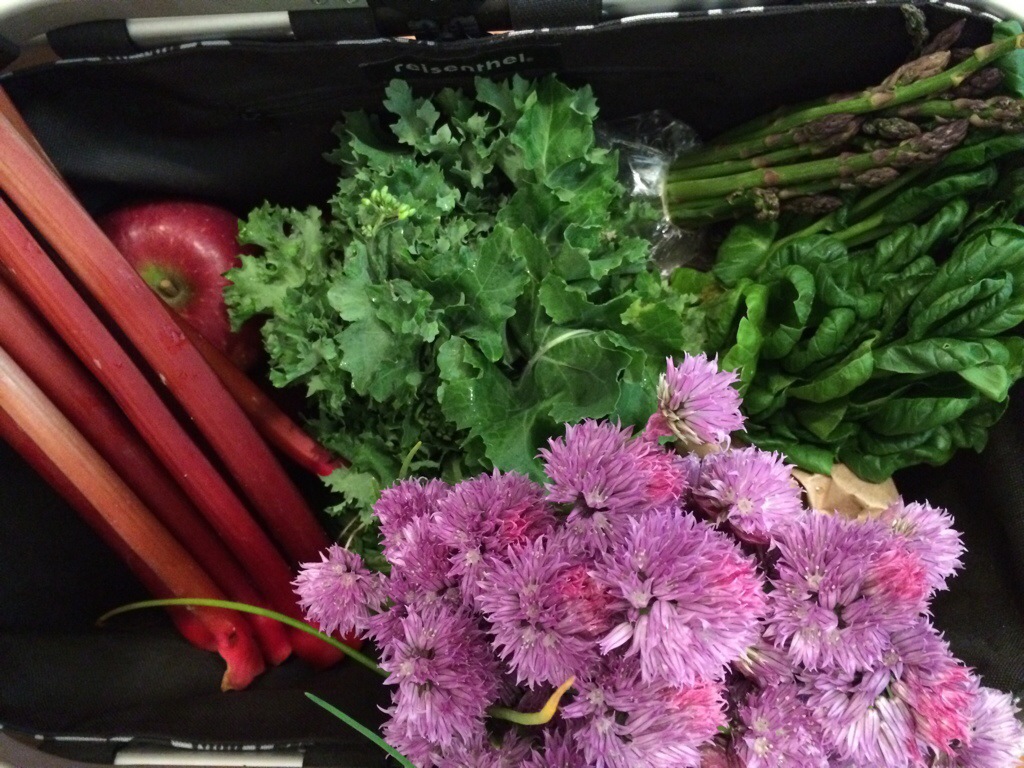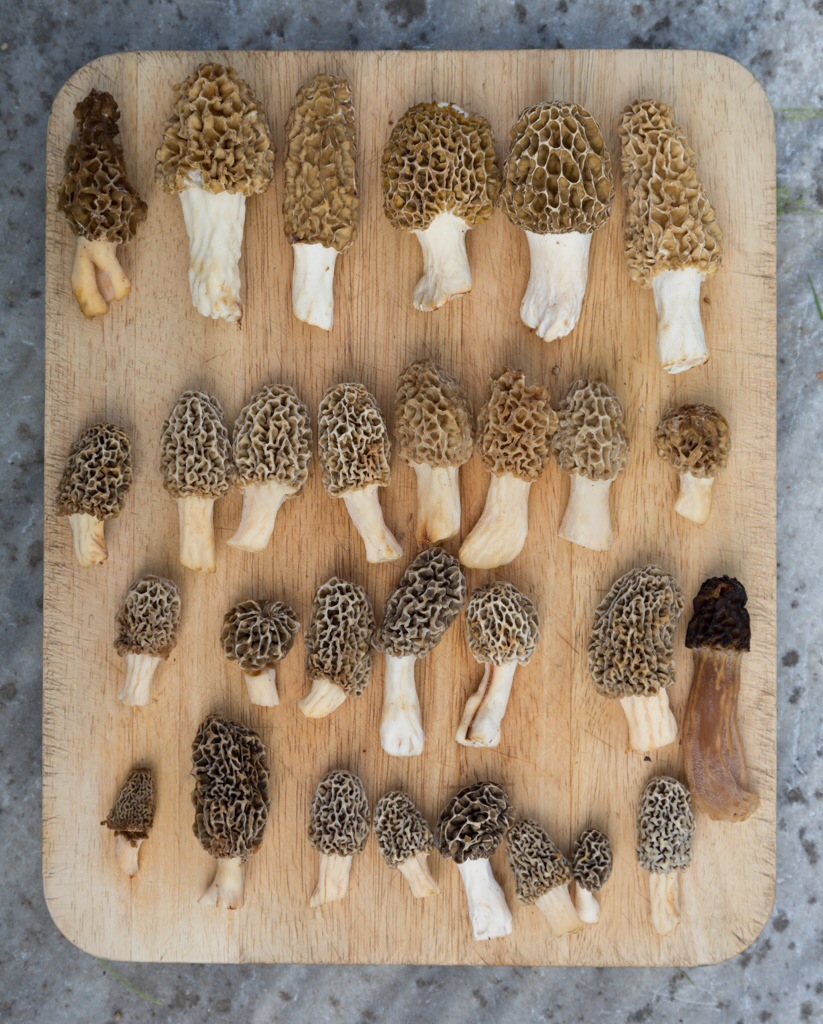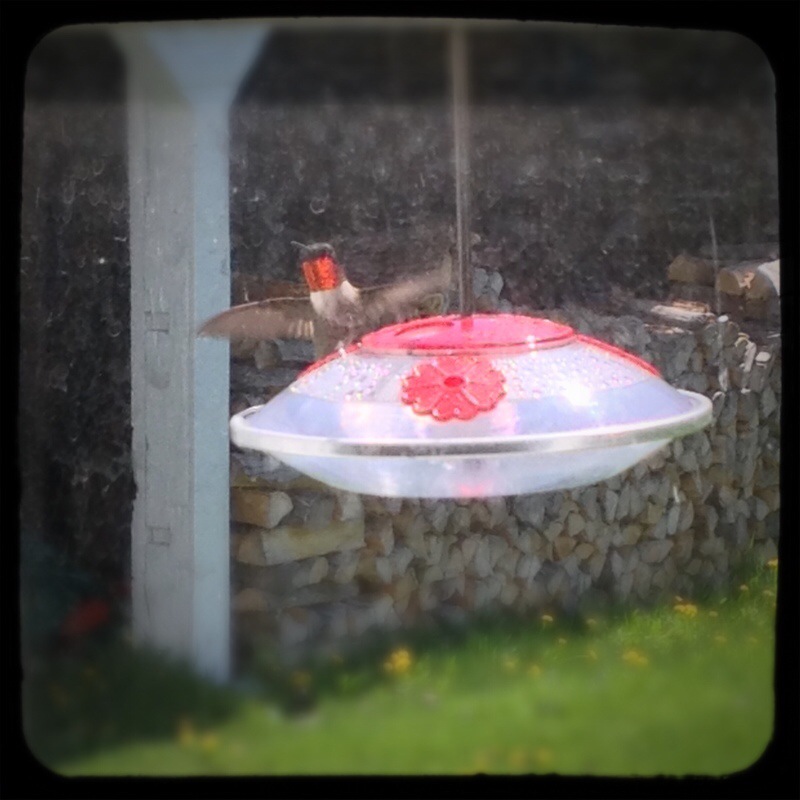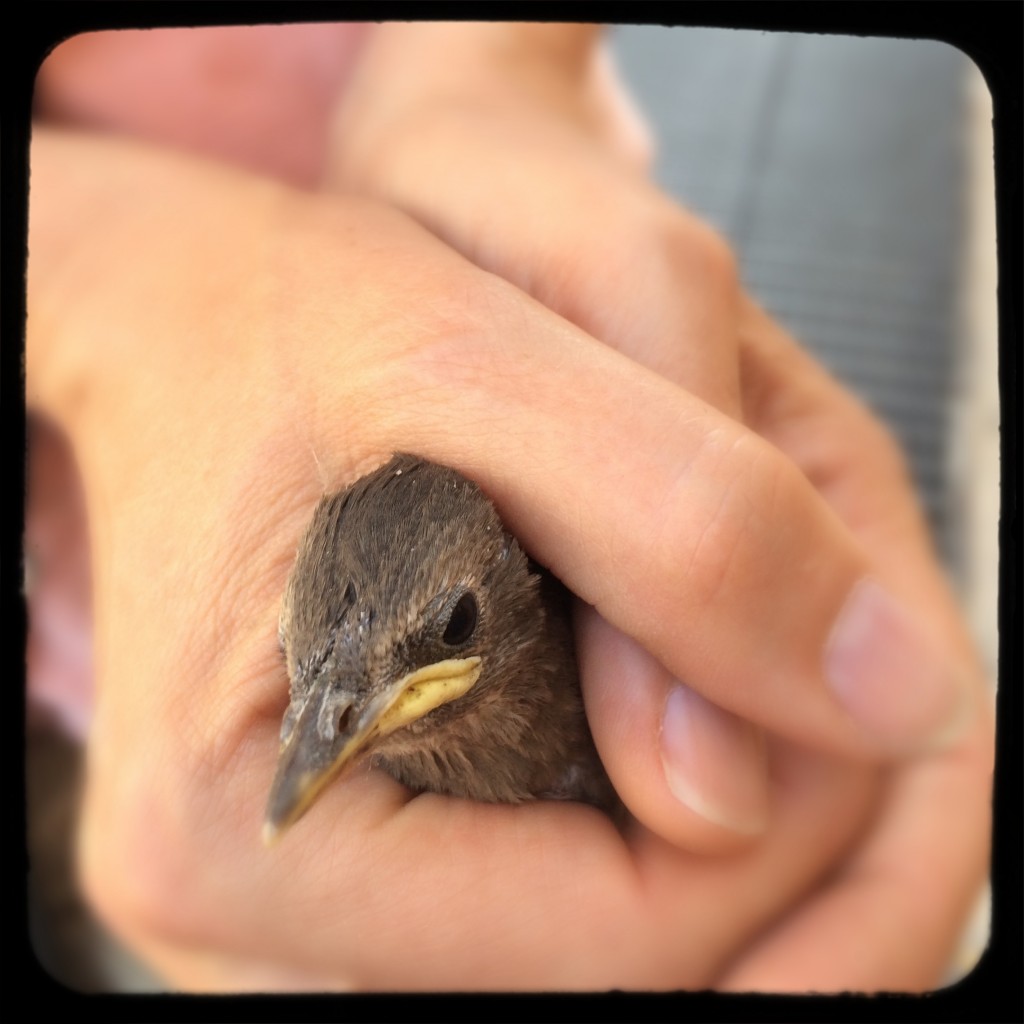 Every Spring, I hear about people finding “abandoned” baby birds. They “rescue” them, bring them home and care for them until they inevitably die. Here’s the thing. Those birds aren’t abandoned! They are fledglings. They fly out of their nest and spend a few days on the ground learning how to forage. They haven’t been abandoned by their parents. Imagine the poor parents watching a giant human carrying their baby away!
Every Spring, I hear about people finding “abandoned” baby birds. They “rescue” them, bring them home and care for them until they inevitably die. Here’s the thing. Those birds aren’t abandoned! They are fledglings. They fly out of their nest and spend a few days on the ground learning how to forage. They haven’t been abandoned by their parents. Imagine the poor parents watching a giant human carrying their baby away!
The Wild Bird Fund in NYC gets inundated every Spring with these baby birds. Take a peek at their pdf below for what to do on this topic. In case you haven’t heard of the Wild Bird Fund, they are the first wildlife rehabilitation center in NYC. Take a peek at their website to see the cool things they are doing.
I had this post all ready to go out (minus this really helpful diagram from the Wild Bird Fund) and then I found my own fledgeling bird today. It was on the sidewalk calling to its parents. This sidewalk is extremely busy with foot traffic, dogs being walked, strollers, etc. The parents weren’t going to go down. They were calling to the baby, which was making the baby hop towards them. Unfortunately it was hopping into traffic on a very busy street. I scooped the little guy up and put it back on the sidewalk. It kept hopping into the street.
Now I was attracting passersby, who were adding their helpful comments. “It fell out of the nest and can’t fly”. Not true. It’s a fledgling. “Don’t touch it, the parents are going to smell you”. Also not true. Gah!
I knew I couldn’t stay there all night to keep scooping the baby out of the street. There weren’t any trees nearby to put it in. I noticed some starlings peeking out of a cornice *way* up in a building. I knew I could never get the baby back up there. There was an abandoned lot across the street, which had wooden boards all around it. It’s been neglected for so long that ailanthus trees are growing in it, and the wooden boards are sagging. I figured that if I could catch this baby, I could fit my hands through the boards and it would be in this lot and unable to hop back into the street.
It took a little bit, but I was able to catch the little guy. He was hunkered behind the tire of a parked car. Fledglings aren’t particularly afraid of people yet, so that made things much easier. I got him into the lot. He let out a big shriek, so his parents were able to hear him and see where he was going. I’m feeling very hopeful about his survival.
That’s him in the top photo. I love his grumpy, yellow mouth! And just for the record, I wouldn’t have touched him at all if he wasn’t in imminent danger of getting squashed by cars or strollers.
